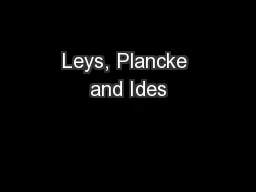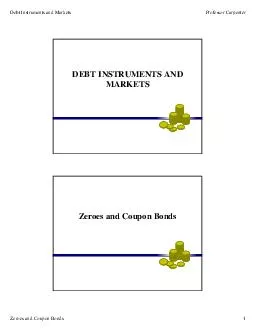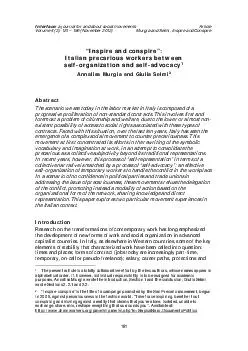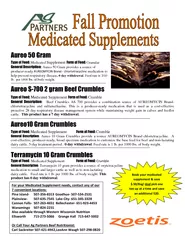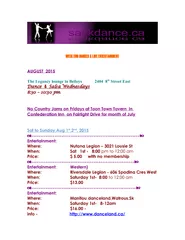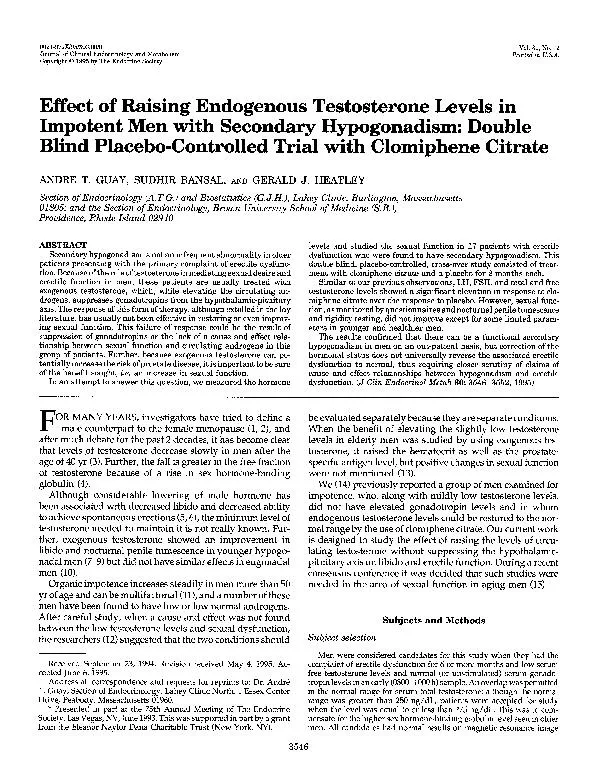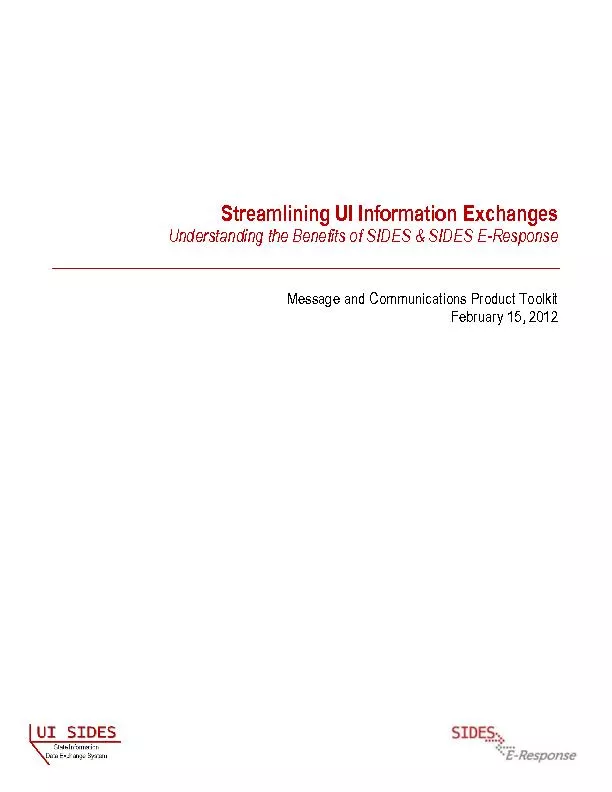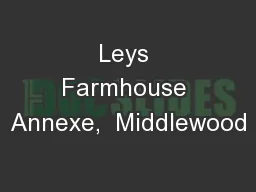PDF-Leys, Plancke and Ides
Author : liane-varnes | Published Date : 2015-10-20
93 Morphological Monitoring WalsoordenIn 2001 an expert team appointed by the Antwerp Port Authority proposed a new strategy for disposing dredged material as part
Presentation Embed Code
Download Presentation
Download Presentation The PPT/PDF document "Leys, Plancke and Ides" is the property of its rightful owner. Permission is granted to download and print the materials on this website for personal, non-commercial use only, and to display it on your personal computer provided you do not modify the materials and that you retain all copyright notices contained in the materials. By downloading content from our website, you accept the terms of this agreement.
Leys, Plancke and Ides: Transcript
Download Rules Of Document
"Leys, Plancke and Ides"The content belongs to its owner. You may download and print it for personal use, without modification, and keep all copyright notices. By downloading, you agree to these terms.
Related Documents

